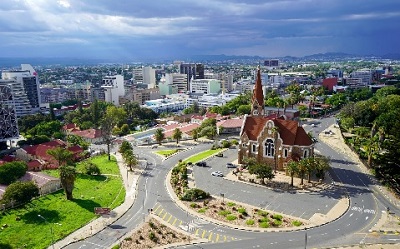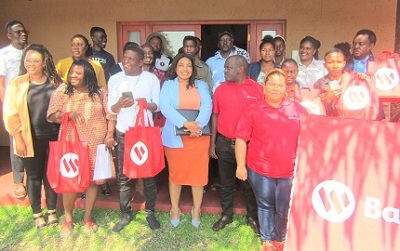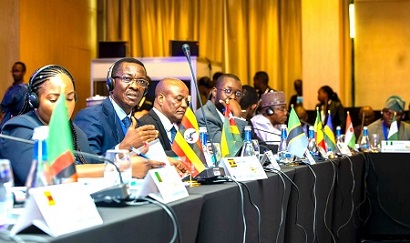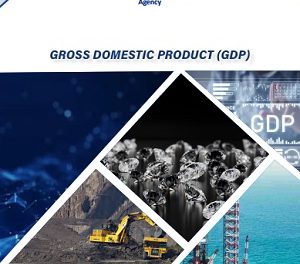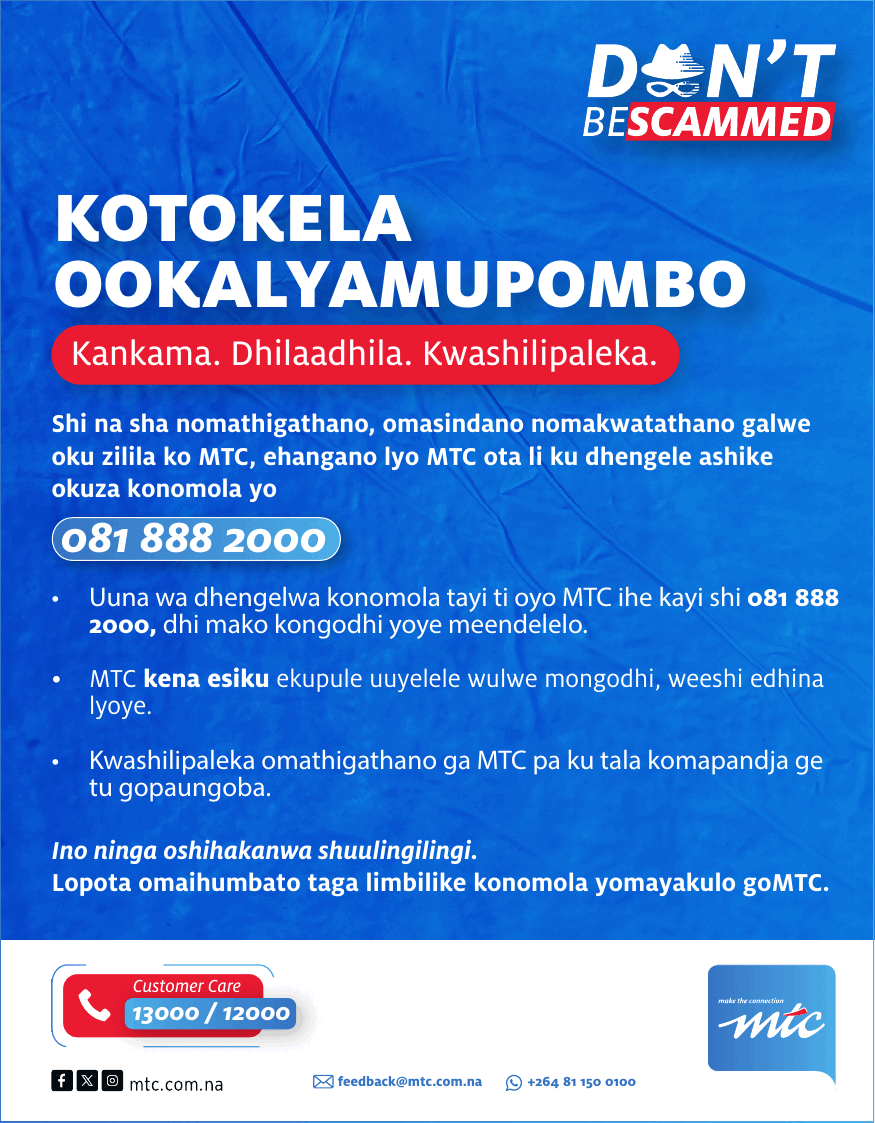By Victor Angula /
From its vast landscapes and exclusive lodges, to its growing appeal among global travelers, and investors alike, Namibia is becoming a destination where luxury and authenticity meet.
For international brands, it’s an opportunity to connect with a discerning audience at the crossroads of Africa’s premium lifestyle.
Across Africa, tourism is not just leisure – it is an economic catalyst. Countries are competing for visibility, credibility, and market share in a global industry worth USD 1.7 trillion (UN Tourism, 2023).
For Southern Africa, the stakes are even higher: tourism creates jobs, sustains conservation, and draws foreign investment.
South Africa has long dominated the region’s tourism and marketing with their understanding that credible tourism publications play a crucial role for brand visibility. With publications such as Getaway, Weg!, and Nomad Africa, supported by large-scale campaigns from South Africa Tourism, the country ensures its destinations remain firmly on the global travel map.
For Namibia to stand shoulder-to-shoulder with its neighbour – and to move ahead of countries like Zambia and Angola – it must use credible, internationally respected media platforms that showcase its destinations, conservation achievements, and cultural identity.
The Michelangelo Magazine is one such publication that has already demonstrated its ability to stand out above the rest. Its hybrid approach combines luxury print editions with QR-coded digital engagement, creating measurable global reach while retaining the tactile prestige of traditional media.
When asked about the magazine’s broader role, Ms Levona Mostert, the Head of International Sales, reflected: “Tourism is not only a pillar of Namibia’s economy – it is the bridge that connects our nation to the world.
“Contributing nearly seven percent to GDP, it creates opportunities for collaboration and growth. Through this platform, brands and destinations find common purpose – to align with a story built on authenticity, resilience, and lasting value.”
Mostert states that international tourism in Namibia continues to grow, with record numbers of visitors from Europe, North America and Asia discovering its landscapes and investing in its lifestyle.
“This makes Namibia a fertile ground for international brands seeking to establish not just awareness, but affinity,” Mostert points out.
South Africa may lead in scale, but Namibia is proving that smart strategy and hybrid media can close the gap.
With world-class natural assets, a globally admired conservation model, and innovative platforms like Michelangelo Magazine amplifying its voice, Namibia is positioning itself as the next great tourism storyteller of Africa.
In the photo: Windhoek, Namibia’s capital city, has some majestic views which are a result of the blending of historical German architecture with modern skyscrapers.

